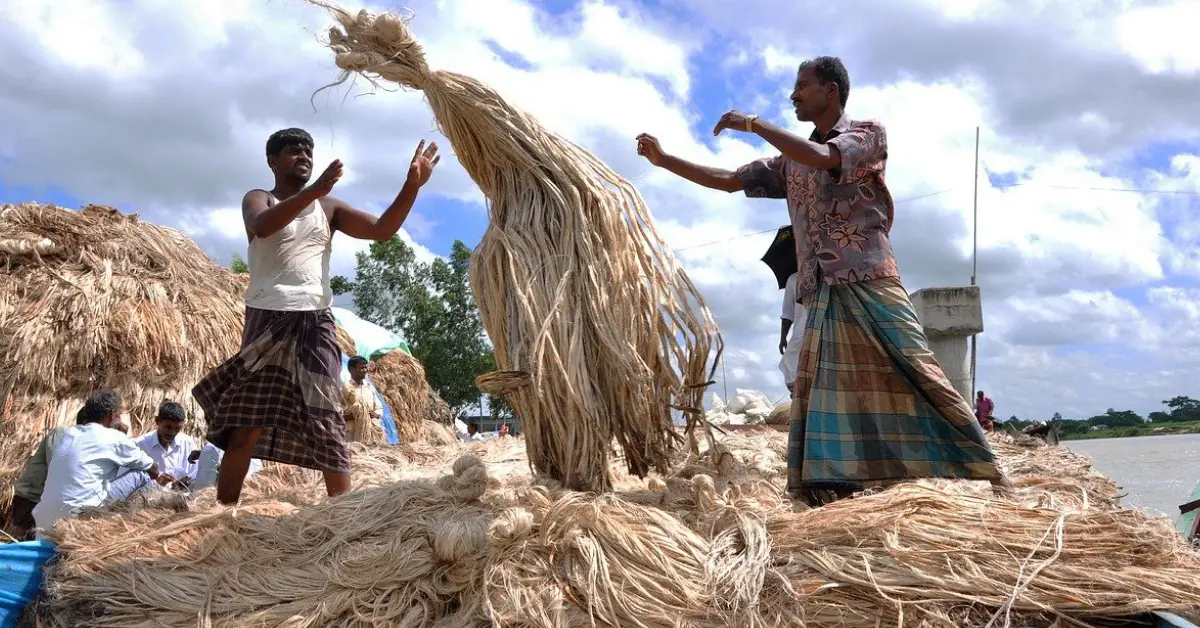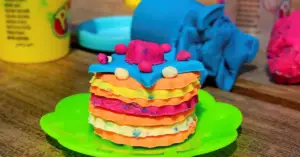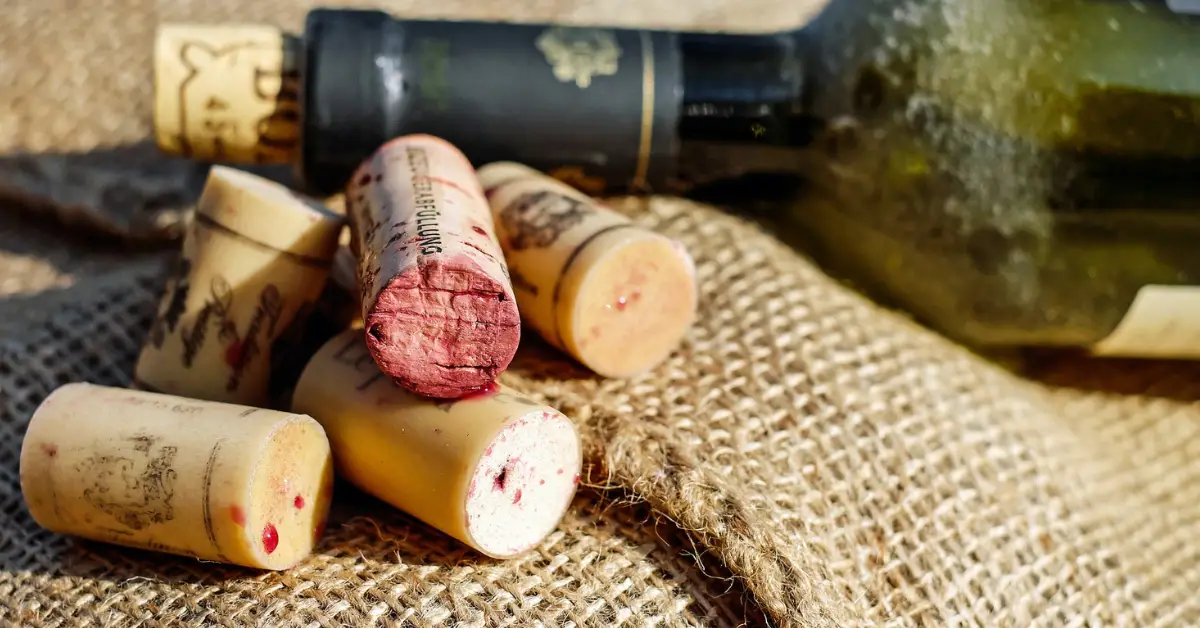Following cotton, jute is the second most produced plant-fiber in the world. It’s versatility makes it suitable for all sorts, from heavy duty sacks to rustic crafts. Although extremely durable and long-lasting, it won’t last forever – leading to a lot of waste to dispose of! Is it destined for landfill for many centuries like some materials? Or is jute biodegradable and fit for the compost bin? Yes, with a few caveats…
Firstly, what is jute?
Known as the ‘golden fiber’, jute comes from the bark of the jute plant. It is mainly extracted from the white jute plant (Corchorus capsularis), but the tossa jute (C. olitorius) variety is also used. To grow, jute needs fairly specific conditions, with tropical lowland areas proving ideal for cultivation. India, Bangladesh and China are the leading producers of most of the jute we use.
So, is jute biodegradable?
An item is said to be biodegradable if it can be broken down naturally by micro-organisms such as bacteria. Jute is a natural fiber and it, essentially, returns to nature. Although not as quick to breakdown as some other natural fibers, it tends to take up to 2 years in optimal conditions.
As with all biodegradable items, optimal conditions are key. Many people think that landfill is like a massive compost pile. However, poor airflow and suboptimal moisture make the breakdown process in landfill a lot slower than breakdown figures quoted. Keep this in mind when you throw a biodegradable item in the trash – it may still be around for a long, long time…
Can jute be composted?
Composting is becoming more popular year-on-year. And you can see why – it is great way to get rid of organic waste whilst producing a (free) nutrient-rich fertilizer to use in your garden. You may assume that since jute in biodegradable it automatically qualifies for the compost pile. This is not the case, the two terms are not interchangeable. However, if a biodegradable item is not laden with chemicals and can contribute to a nutrient-rich compost it is, generally, suitable. Jute, thankfully, fits the bill and makes a great addition!
As you might know – composting materials can be split into two main types. ‘Green’ materials refer to items that are rich in nitrogen such as coffee grounds and fresh grass clippings. ‘Browns’ are rich in carbon and include items such as shredded paper. Jute is carbon rich, so falls neatly into the ‘brown’ category. It is important to ensure you have an adequate mixture of both ‘browns’ and ‘greens’ in your compost pile. As with all composting, a bit of trial-and-error is required, but you won’t go far wrong with a 1:1 ratio. Monitor it and adjust as you go. If you take the correct steps to make sure your compost pile is healthy, you should find composting jute quite a simple process. However, if you are new to composting, we have answered some of the most common newbie questions here to help you on your way.
Some considerations when composting jute….
Be sure to make sure that your item is natural jute before adding to your pile. Faux jute alternatives, made from polyester, are also available on the market. It won’t cause any harm to the pile but it won’t biodegrade either since it made from a synthetic material. You’ll just end up having to pick it out a few months down the line when you see no change whatsoever!
When composting anything, from cotton to crab shells, it is important that microbes in the pile get sufficient surface area to work on. When it comes to jute material, simply cut it into small pieces and mix it up within the pile to speed up the process. This is not absolutely essential – you can still add it in its original. You may just need a little extra patience!
The bottom line
Diverting our waste from landfill is a great way to live in a more planet-friendly way. Composting does this – and provides you with a (free!) nutrient-rich fertilizer at the same time. It’s a win-win! Natural jute items biodegrade readily, and are a great carbon-rich ingredient to add to the compost pile. Good luck!








